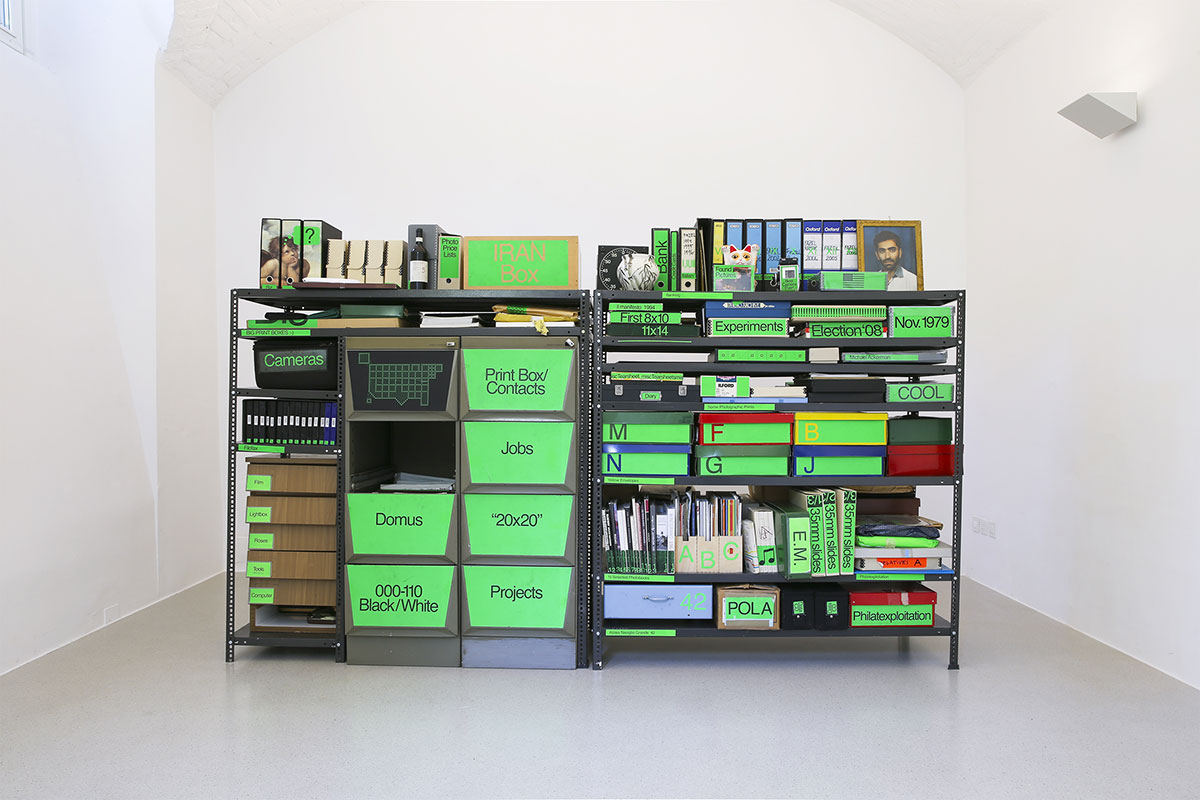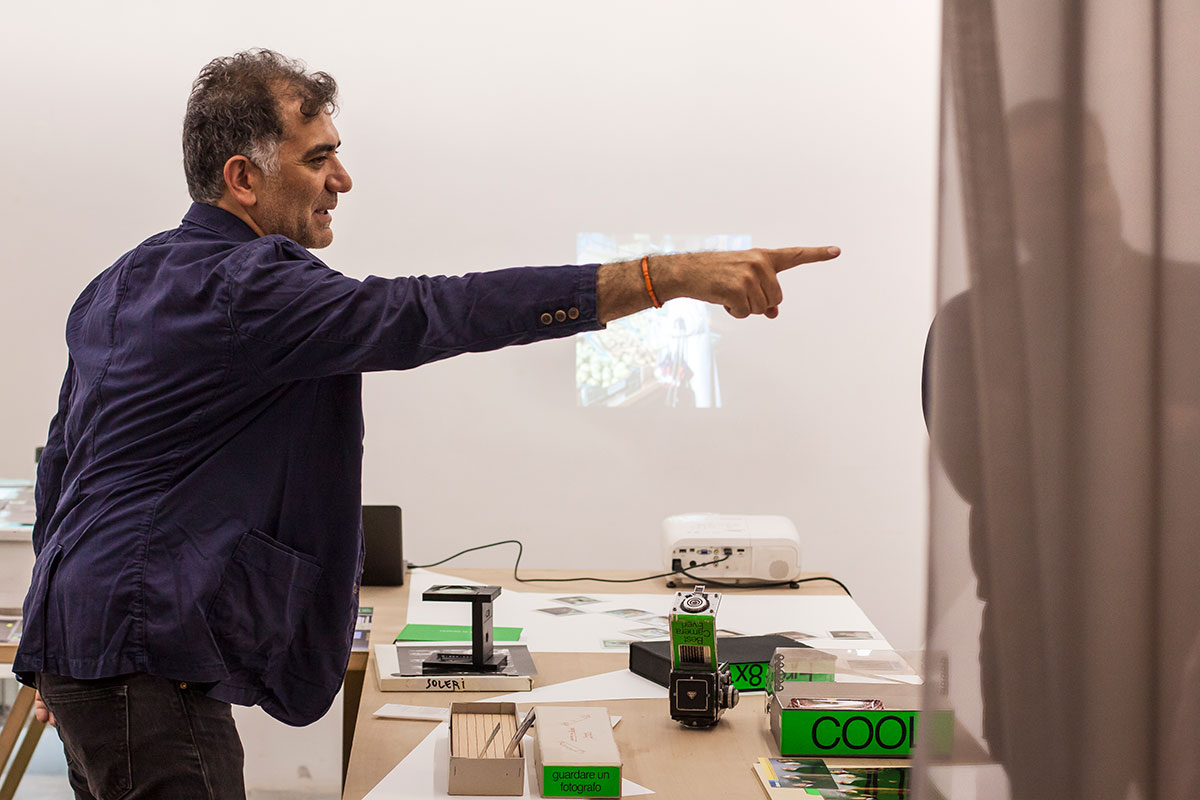Archive Alive: Artist Talk
Ramak Fazel
8 May 2018
Although the artist now mostly resides in Southern California, he never doubted that the corpus mechanicum ought to remain in Milan. The inherent distinction between the corpus mechanicum and the corpus misticum continues to function as one of the defining points of tension in the interpretation of this archive.
In considering Milan Unit as a mother ship or starter yeast (Lievito Madre) bits and pieces can be detached as source material. Upon activation, the contents trigger cell activity that can give birth to new readings, eventually redocking at the home station in post-mission repose. In “Archive Alive”, a diverse selection of content was culled from the archive and made available for consultation, examination and re-interpretation by the viewer and eventual workshop attendees. Archive Alive offers an opportunity not only to the attending public, but also to the artist in further interrogating the potential of work to evolve over time decoupled from original intent.
The Archive of Fazel is a living organism less concerned with reproductions than with experience and interpretation. As a consequence of non-identical readings, Archive Alive finds location at the nexus between the physical and the cyber space. With Archive Alive, the living nature of the organism is underscored through a more critical examination of museological strategies that have underpinned the presentation of this archive in other host venues.
Conceived around the turn of the millennium, during those watershed years that marked the rapid passage from the analog to the digital, in Fazel’s words, this archive embodies the will to “experiment with photography and find a way forward, exploring and preserving the material culture of a particular practice, on the cusp of an epochal change.” Milan Unit “is an attempt to collapse hierarchy, one that doesn’t make assumptions or assign value”, but rather represents the endeavour to respond to the crisis of meaning, offering itself up as a “survival strategy”. This response to the progressive advent of the digital era and its ensuing dematerialization of bodies in favour of the virtual dimension, is an impulse embedded within Milan Unit.
Equally important to the actual space (for intellectual investigation) of pre-digital archives is the social and theoretical function of such spaces.
The photographic camera is a social instrument; it obliges interaction and participation. The material culture surrounding the production and consumption of photography continues to alter societal norms demanding us to reconsider how we make, take and present photographic images.
Rather than a “death of the author” moment, this proposal represents empowerment of the reader-viewer as coauthors in a pas de deux of inscription and resistance.
Date and Location:
Pejman Foundation: Kandovan
Tuesday, May 8th, at 6 PM




